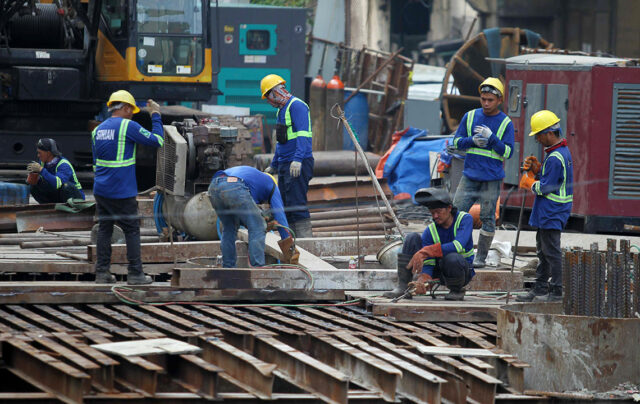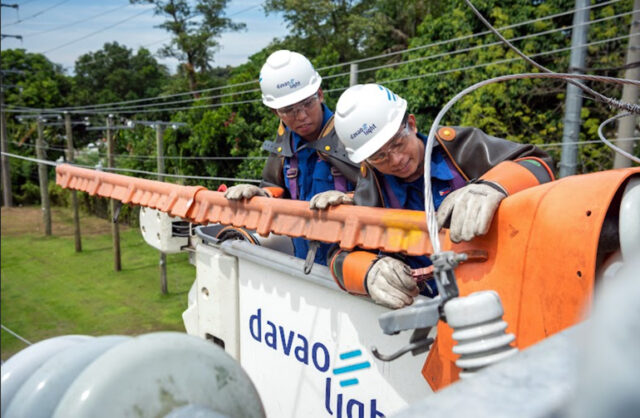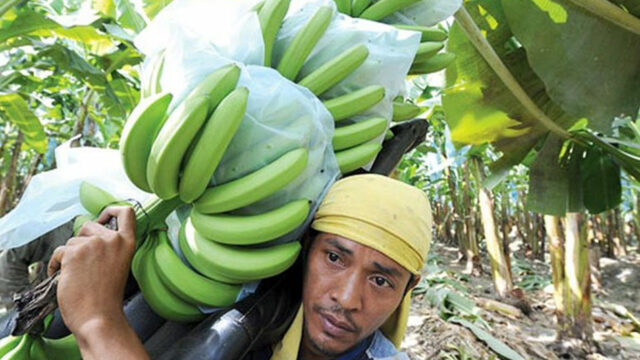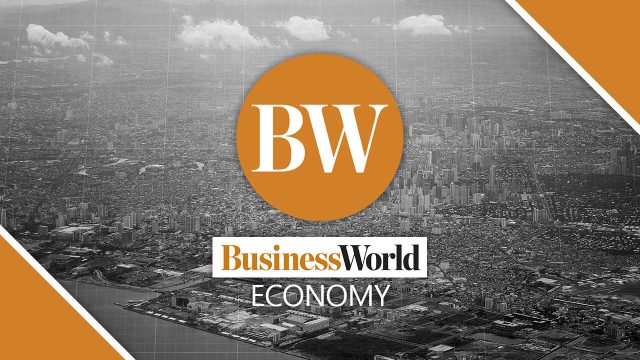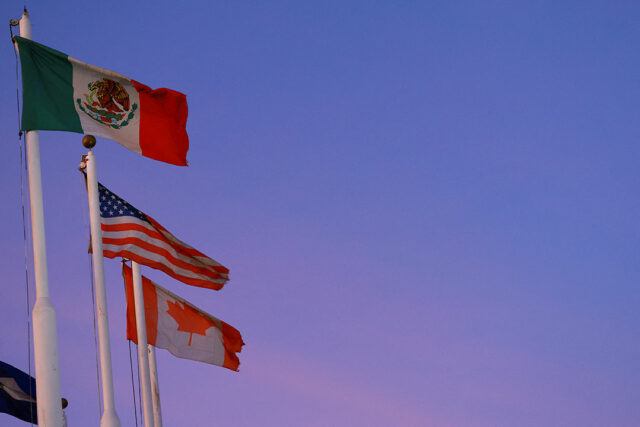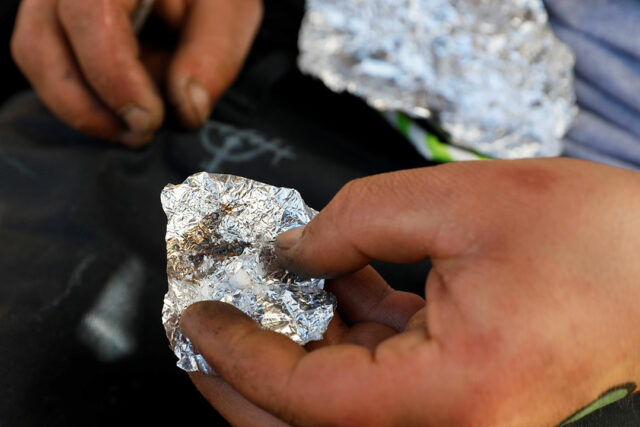IN BRIEF:
• The recently concluded 3rd SGV Tax Symposium highlighted key developments in tax digitalization, enhancements to the Philippine tax incentive regime, and the growing role of artificial intelligence (AI) in tax compliance and strategic decision-making.
• Participants discussed the impact of key tax developments and AI integration on their businesses, and highlighted how new tax regulations can foster economic growth and development.
Amid rapid technological advancements and the evolving needs of taxpayers and businesses, the government continues to issue new tax laws, rules, and regulations. These initiatives are designed to keep pace with the evolving tax landscape, enhance Philippine tax incentive programs, modernize tax administration and services, and drive growth to achieve the national economic growth targets.
At the recently concluded 3rd SGV Tax Symposium, executives from leading corporations shared their insights on the evolving tax landscape and its implications for business operations. The symposium highlighted key developments in tax digitalization, enhancements to the Philippine tax incentive regime, and the growing role of artificial intelligence (AI) in tax compliance and strategic decision-making.
Participants shared insights on how these changes have impacted their businesses and explored opportunities to integrate AI into their tax and financial strategies. Recognizing that the new tax laws, rules, and regulations are designed to support business growth, the executives shared their views on how these frameworks can empower companies to drive economic progress and contribute to the country’s development.
EASE OF DOING BUSINESS AND UPSKILLING
Jack Madrid, president and chief executive officer (CEO) of the IT & Business Process Association of the Philippines (IBPAP), said the information technology (IT) and business process outsourcing (BPO) sectors grew as an industry by about 6-8% over the past decade and even through the pandemic, where they added 255,000 new jobs.
However, despite the steady growth of the IT and BPO industry, Mr. Madrid believes that the industry is facing major challenges today, like ease of doing business and the upskilling and reskilling of the existing and future workforce.
“In my opinion, two of the biggest challenges of the IT and BPO sectors today would be first, ease of doing business, an important topic today. After all, 80% of our investor base is multinational, so we have to allow our investors to operate their businesses without the distraction of ambiguous legislation or implementation and interpretation of rules and regulations. The second one, being a human capital-intensive industry, is the upskilling of our existing workforce and reskilling of future generations of job seekers,” Mr. Madrid said.
Sylvester Wong, vice-president, Asia lead for ESG and Sustainability Services, and country executive for infrastructure consulting firm AECOM Philippines, laid out the growth prospects of the infrastructure industry. He said that despite the geopolitical changes, significant opportunities for growth remain for the Philippines. Moreover, Mr. Wong noted that maximizing public-private partnerships (PPPs) and empowering both metropolitan areas and provinces to leverage infrastructure are key factors in enhancing economic growth.
On the other hand, Ian Mulingbayan, chief executive officer and founder of real-estate developer Pocket Communities, was optimistic on the economy, driven by population and workforce growth. As these facets improve, the economy will continue to strengthen.
Chief Operating Officer of Maynilad Water Services Randolph Estrellado, discussed how the water services business has seen growth surpass pre-pandemic levels. This is primary driven by domestic accounts, with a significant contribution from the increase in remote work.
Although Mr. Wong highlighted potential challenges, such as attracting investments and securing energy resources, he and his fellow speakers discussed how initiatives like CREATE MORE and various tax incentives can positively influence project design, benefiting not only large corporations but also small businesses, which he considers the “lifeblood of this country.” This presents opportunities for small businesses to grow, co-locate, and foster an ecosystem that strengthens their market presence.
However, Mr. Mulingbayan pointed out that while incentives are a key motivator for doing business in the Philippines, some aspects have become outdated and no longer reflect the current costs of doing business. When asked how to address this issue, he proposed that collaboration between real estate developers and government agencies, such as the Board of Investments (BoI) and the Bureau of Internal Revenue (BIR), is essential to update and better align these incentives with today’s economic conditions.
Mr. Madrid considers CREATE MORE a milestone for the IT and BPO industry. He noted the streamlining of processing refunds, lengthening of tax holidays, reduction of ambiguity, and increasing the stability of the incentives. He finds CREATE MORE to be an attractive feature for enhancing the ease of doing business with an immediate impact on industry.
THE IMPACT OF AI
Regarding the impact of AI, Mr. Mulingbayan highlighted its significant role in enhancing efficiency in areas such as design, concepts, and marketing/advertising. On a similar note, Mr. Wong emphasized the role of AI and digital technology in enabling fair competition for smaller players in the market.
In addition, Mr. Madrid said that in a recent survey of IBPAP members, a majority have deployed AI trials and use cases, with 8% of the respondents reporting job reductions and 13% job increases as a result of AI. He said AI poses a challenge, but also presents a bigger opportunity, allowing users and agents to become more efficient and productive by handling more calls, reducing call time, and improving resolutions per shift.
“I think the upskilling, reskilling and right-skilling of our workforce is very important because AI will not replace humans; they will be replaced by other humans who know how to use AI. The kind of jobs our industry wants are those that require judgement or decision-making. I don’t think the banking, financial services, or healthcare sector will want a chatbot to handle their queries. I think a human will always be central, but that human has to be comfortable in using AI tools, which is why I keep on going back to the need for reskilling and right-skilling.”
Mr. Estrellado also provided insights as to how AI is being applied in the water services sector, such as in predicting where leaks are likely to occur, for example, which saves time and effort compared to the traditional method of manually inspecting pipes street by street.
On the topic of BIR digitalization, Mr. Estrellado said the benefits that the BIR wants to generate through this initiative are appreciated. However, he emphasized that many issues must be addressed along the way, requiring coordination with other agencies.
Mr. Wong acknowledged that AI and digital advancements, combined with incentives and improved ease of doing business, could streamline opportunities in the Philippines. He encouraged viewing AI not as a threat, but as a tool that businesses can embrace to stay ahead and maximize its benefits. Finally, he underscored the importance of simplicity, predictability, and transparency in enhancing government processes, calling for even more collaboration between the private and public sectors to achieve great outcomes for the country.
THE EVOLVING TAX LANDSCAPE
The new tax reforms reinforce the principles of transparency, reliability, and predictability in the tax system, which are the critical factors in positioning the Philippines as a premier investment destination. By promoting a more investor-friendly environment, these measures contribute to sustained economic expansion and global competitiveness.
This article is for general information only and is not a substitute for professional advice where the facts and circumstances warrant. The views and opinion expressed above are those of the authors and do not necessarily represent the views of SGV & Co.
Miguela R. San Juan, Joan Rouella P. Corrales, and Gerardo C. Caiga are tax senior managers of SGV & Co.


